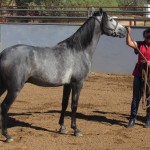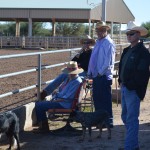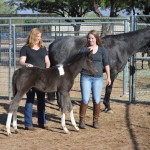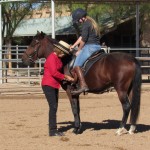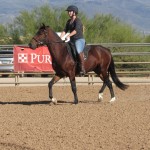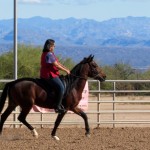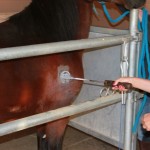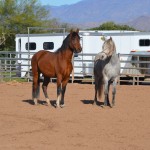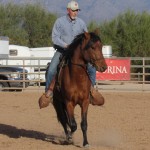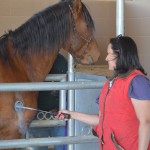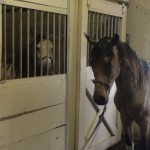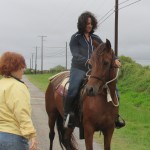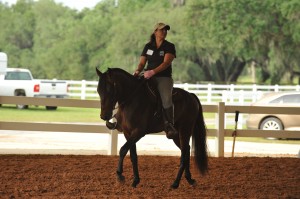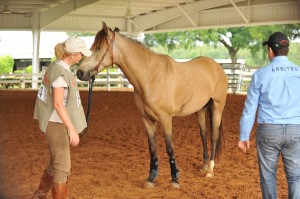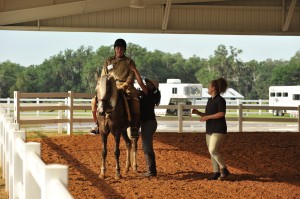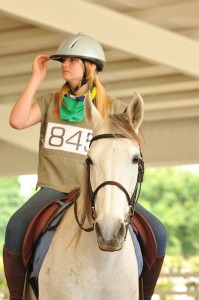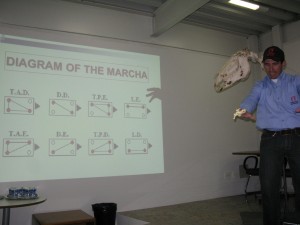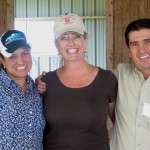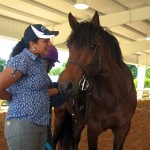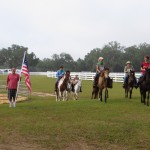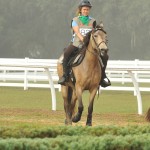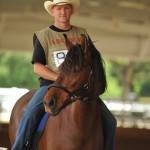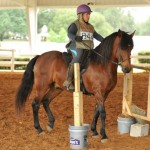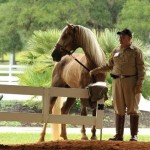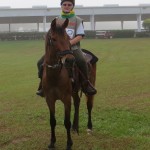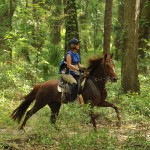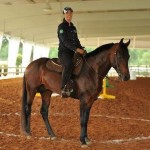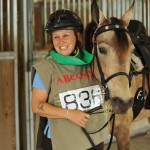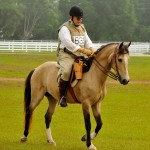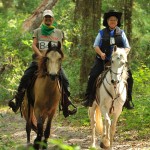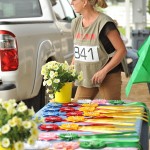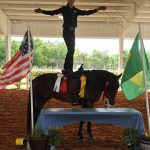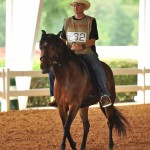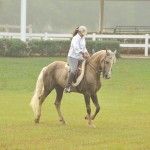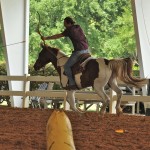In early November, Summerwind requested an ABCCMM inspection and Dr. Kate Barcelos came to the U.S. for a super quick trip. ABCCMM inspectors are licensed veterinarians that receive extensive training from the ABCCMM, the Brazilian Marchador Association.
We were able to arrange with other breeders so that more Marchadors also got to be seen in AZ, TX and FL.
Our inspection day was beautiful and almost 20 Marchador owners and lovers were there to see it for the first time! Asking questions and learning about what the ABCCMM is seeking in the standard of the breed, they were able to understand more about the Marchador gait, conformation and temperament requirements. Great for them, that both a foal inspection and definitive inspections were shown and the branding as well.
Foals are inspected for markings, DNA, and genetic defects (disqualification). Adult Marchadors are inspected and ridden for gait, conformation and temperament. A minimum score is required to pass for stallions, mares and geldings with the stallion score being the highest.
Inspected in AZ were:
- Fidalgo do Summerwind – gelding, definitive
- Jedi-Knight do Summerwind – foal, provisional
- Flying Oaks Abaiba Real for Flying Oaks Ranch, OK – stallion, definitive
Inspected in TX were:
- Destiny do Summerwind – mare, definitive
- Imperio do Summerwind – foal, provisional
- Cassandra do MManor – mare, both provisional and definitive
- Eduardo do MManor – foal, on file awaiting sire’s ABCCMM registration.
Summerwind is committed to the quality and diversity of the Marchador breed here and we think the Brazilian inspection process is a great tradition to uphold.
For more information on the ABCCMM inspection process, you can click on this link to read more about it.

